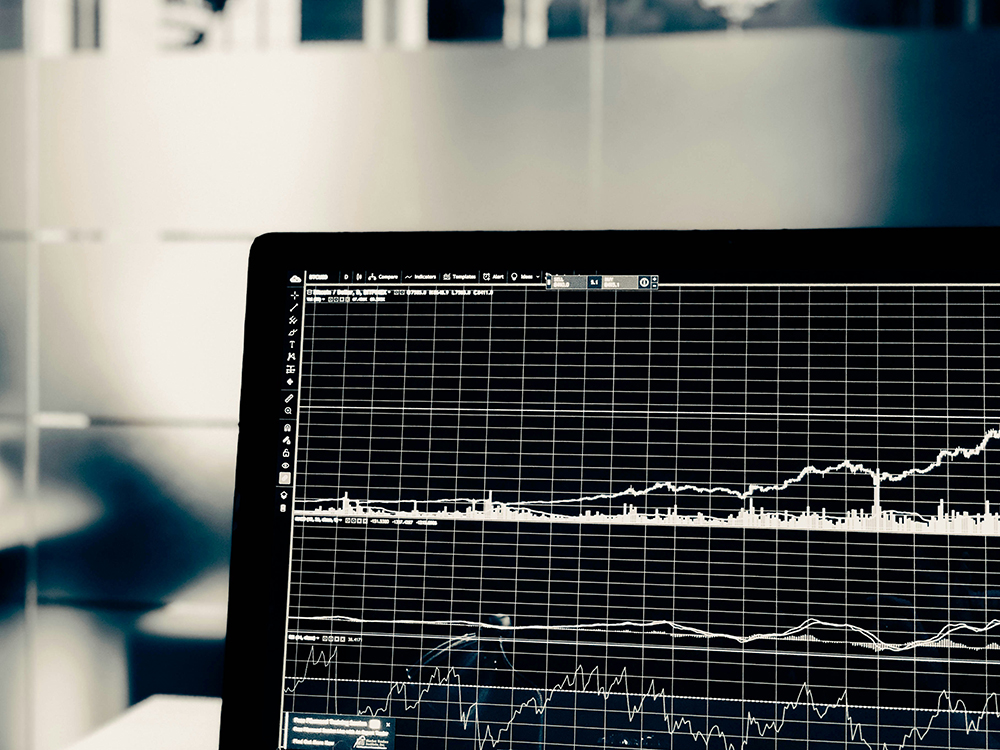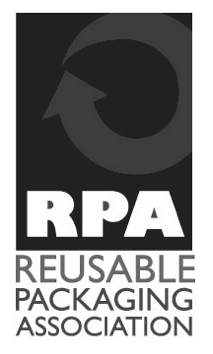Bjorn Andersson, InformationWeek.com, September 27, 2024
The idea of a circular economy isn’t new, but using AI and data analytics to streamline its complexities is. Industries can finally realize sustainability.
Over the past 50 years, extraction of Earth’s natural resources has tripled. Without urgent action to reverse the trend, that rate, growing by an average of 2.3% per year, will likely increase another 60% beyond 2020 levelsin the coming decades. That’s one end of the linear economy. On the other end, experts predict municipal solid waste generation will grow from 2.3 billion tons in 2023 to almost 4.2 billion tons – annually — by 2050. What’s more, we know that 70% of industrial waste in developing countries pours untreated into waterways, tainting potable water supplies.
Our traditional linear economy refers to taking natural resources, makingproducts and byproducts, and disposing of them as waste at the end of an often-short lifecycle. It’s an unsustainable global process that chews up Earth and spits out garbage and poison. We’ve long understood the environmental damage this approach to production and consumption causes. But there’s a new sense of urgency to change: Supply chain uncertainty, trade conflicts, natural resource scarcity, manufacturing complexity, population growth, climate change stressors, and the need for economic competitiveness in the era of digital transformation are all driving a paradigm shift to the far more sustainable circular economy.
The circular economy concept isn’t new. It embraces remanufacturing, refurbishment, repair, recycling, repurposing, and reuse to minimize waste and emissions dramatically. You’re extracting needed materials from existing products already in circulation – much the way nature does. It also involves making purposeful design decisions to extend product life and to integrate recyclable product materials and component structure prior to manufacture.
What is new is the capacity of AI, data analytics, and digital technologies to streamline circular economy complexities and help industries overcome previous implementation challenges at scale.
Digitalization, Data, and AI Enable Real Change
For manufacturers, it can be a daunting and complicated endeavor to put the circular approach into practice – even if sustainability targets are well defined and the will to do it is there. Demand for remanufactured parts fluctuates, supply and sourcing can be unpredictable, quality can vary, and smooth, timely replacement logistics can be elusive if processes and key performance indicators have not been established and tested.
To access the full article click here.
To learn more about Onepak’s commitment to creating a circular economy, visit our sustainability page.







